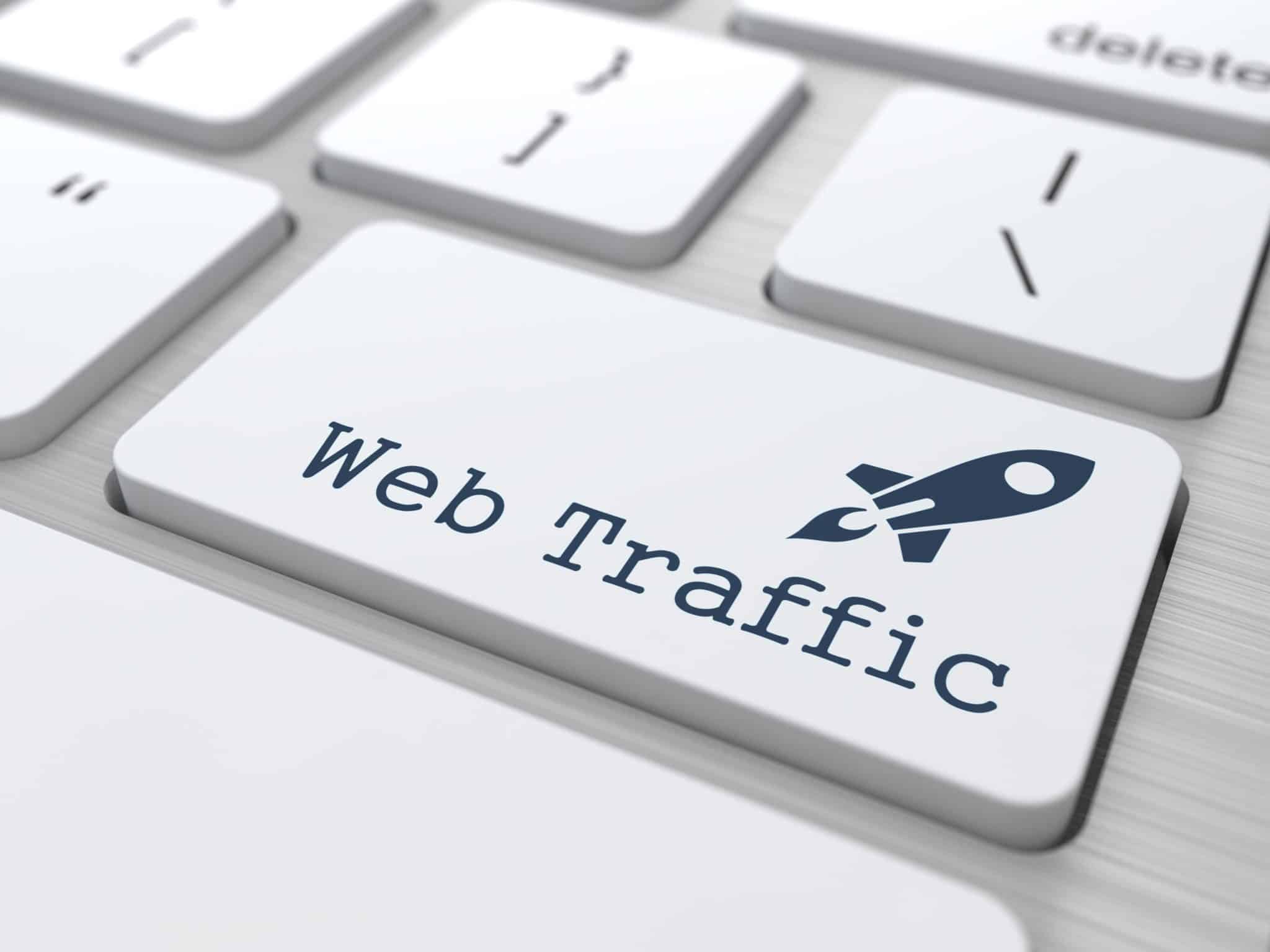People often ask us how to increase traffic to their web site. There are three core strategies that you can go to work on: Social Media, Buy Traffic and Search Engine Optimization (SEO). I’m only going to focus on one in this post and that’s SEO.
Here’s a 15-minute tutorial that contains 10 valuable SEO tips and tricks.
1. META TAGS
There are a series of tags in the header of each page – between the tags that contain information that describes the content on the page. Script references, CSS info and other page management info goes in here too. The two tags you should focus on are the <TITLE> tag and the META DESCRIPTION tag. The TITLE tag contains the words that show up at the top of your visitors web browser. They are also an indicator on the page’s content and search engine will take their content seriously. Your page’s keywords should go in here. The META DESCRIPTION tag also describes the pages content and is used as a summary preview when the page is index by Google. Here’s the META DESCRIPTION tag used by the warehouse products client at Cyberwalker Digital.
Title Tag Example:
<title>Products for the Warehouse in Los Angeles | Southern California</title>
META Description Tag Example
<meta name="description" content="Wanna buy quality stuff for the warehouse? Items like hand pallet trucks and hand carts at great prices in the Los Angeles / Southern California area? Click here." />
2. URL aka your Web Address
When you name your page make sure your keywords are in your URL. Keywords in a URL are a great indicator of the page’s content so Google will use this as a key indictor on ranking the page. Use the key words in your <h1></h1> tags in the URL if possible.
3. <H1> and <H2> TAGS
You keywords should appear at least in one set of the headline tags on your page using the <h1></h1> tags. Be sure to use <h2></h2> subheads through the article too and sprinkle related keywords in these.
4. IMAGE ALT TAGS
Images are crucial to your SEO efforts. Not because search engines can see them. Instead they look at the “ALT” tag description of the image. Be sure this is added to any images your place on a page. The key words you are optimizing for should appear in this tag.
<img src="seo-book-cover.jpg" alt="A guide to SEO tips and tricks" />
4. BODY TEXT
Your keywords should appear three to four times through out the body text on a page. Feel free to use synonyms as well as the search engines are smart enough these days to make note of these. Note that too many repeated keywords can have your page penalized by Google.
5. The dangers of Javascript, Flash and other next text data
Search engines are great and reading text and cannot watch movies, view pictures or view Flash animation or other non text data. They are also not every good are interpreting programming code (such as some Javascript that generates dropdown menus). So it is important to build you pages in a way that contains lots of descriptive text and straight HTML links. See how you page is viewed by Search engine crawlers using this tool. If not much relevant text shows up then rethink your page’s code and simply to basic HTML. For example use CSS generated menus instead of Javascript created menus.
6. SiteMap
A sitemap is a web page that includes links to all the pages on your site that you want indexed. If you use Javascript menus then this is a good way to educate a Search Engine on what links to look at. Your sitemap can be generated by a tool in your content management system. I use the auto generated sitemap in the plug-in SEO All in One Pro. Be sure to submit this to Google via Google Webmaster Tools. You should also link the site map in the footer of your homepage.
7. Google & Bing Webmaster Tools
Be sure to register your site with Google Webmaster Tools and Bing Webmaster Tools. This gives you the ability to submit sitemaps to Google and Bing and monitor the health of your site and track traffic data. When paired with Google Analytics this is a powerful free resource that all webmasters should use to help them develop their site and traffic.
8. The Importance of ‘In’ Links
I’ll write an article separately on this topic, because links from other sites into your site are critical. And as or more important as optimize your pages with keywords. Links in tell Google an other search engines that your site matters and that it has something important to say. Think of it this way – if one person recommends a movie you might go. If 100 recommend it you will likely see it. This is how Google evaluates the importance of your site. Find out how many links in there are on your site use either WhoLinks2Me.com or Alexa.com.
9. Monitoring Your SEO Progress
One of the best tools to monitor your progress and help you see improvements in your SEO efforts is Moz.com. See a picture of my Moz campaigns for my client Halton Container. The tool has a monthly fee attached but it will generate that money back with the traffic it will bring to your site.
10. Use Natural Language
It would be easy to optimize a page for search engines if you followed all the rules. The problem is your webpage would be unreadable for humans. So the Art of SEO is to follow the rules and still make the content readable and enjoyable – after all that’s the point in the first place.


